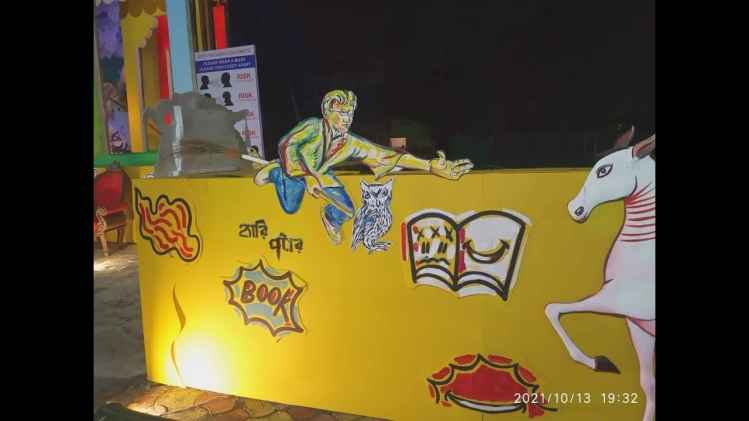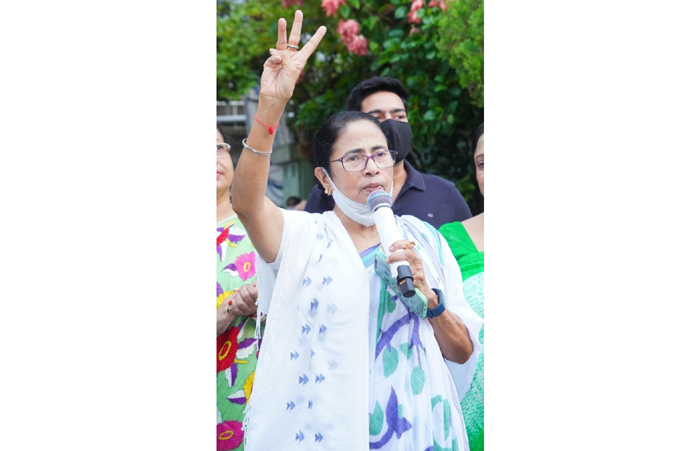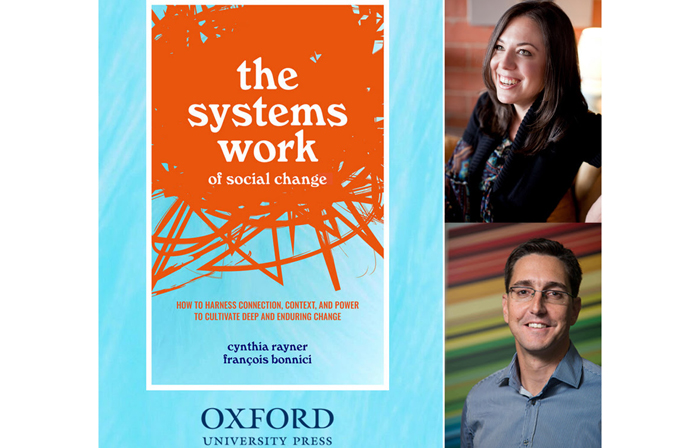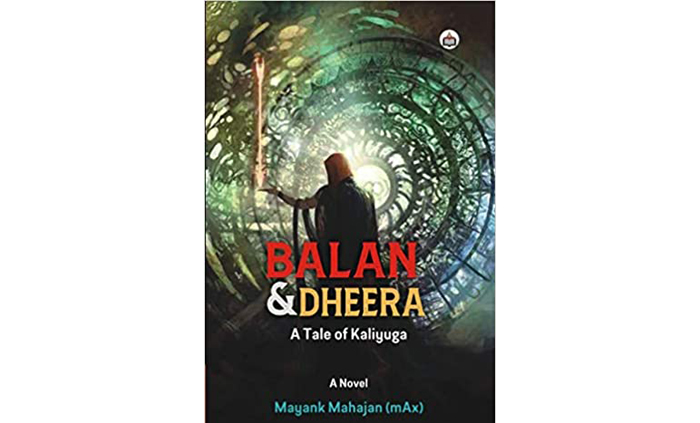Bhopal: Neha* spent nearly four months in debt bondage, the most prevalent form of slavery in India, to pay off a family loan of 15,000 rupees.
Like many women in her situation, she had no access to her family members and was forced to work to pay off a family debt by living in an isolated house on a farm.
Here she was exploited through the use of violence, deception or coercion and forced to work against her will and sleep with a male member.
She was rescued by a team of Madhya Pradesh’s Shivpuri district police. Her rescuers said she appeared living in constant fear and refused to speak.
“A girl was recovered from a house on May 25 and a panchnama [a record of witness testimony] was immediately made,” Vijay Kumar Sharma, Tehsiladar, Bairad tehsil in Shivpuri district and in-charge of the rescue operation said.
The lost expression in her eyes suggested that something was amiss, Sharma said.
Cases of debt bondage, criminal and other slave-like exploitation have risen alarmingly during pandemic times in India, one of the countries worst-hit by Covid- 19 and badly managed by the Government. The rescue of a girl from Madhya Pradesh’s Guna district has triggered demands for authorities to crack down on thousands of other suspected cases across the country. By the time the eighteen-year-old is rescued, the girl is a few months into her pregnancy.
The class eight dropout was not lured into bondage with the promise of a better life. She became bonded labour after the savings and earnings of her daily-wage earning parents were impacted due to the pandemic.
“I had no choice but to repay the debt. I accepted the demand of principal employer Inder Singh Gurjar to repay the debt by allowing one of my family members to work in his field,” Puja* *, mother of Neha told this correspondent.
The mother of six children took a loan of Rs 15,000 after her husband’s death in January this year.
Unable to repay the loan, Neha, the eldest of five daughters and a sister of the youngest seven-year-old brother became a bonded worker, India’s most common form of slavery despite being outlawed decades ago.
“Unable to repay the lender, I was handed over to a moneylender to work on the fields in an unknown place. Inside the house, I was surrounded by five women and their watchful eyes. Here, I could see sun rays entering the house from the courtyard where several charpois were kept for the five men and their elderly son. And sometimes I could hear the chirping of birds when I took a bath,” said Neha after she was rescued in September.
In the country, more than 135,000 bonded workers were identified in its 2011 census who usually work in agricultural fields, brick kilns, factories to clear loans.
According to Australia-based Walk Free’s Global Slavery Index, India has about eight million modern slaves, and bonded labour or debt bondage – working without pay to clear debts – is the most common kind of slavery in the nation of 1.3 billion.
Most of the time, all the earnings or money bonded labourers earn get spent to pay off their loans. Many are unable to repay their loans, and debt can be passed down through generations.
Nirmal Gorana, convener of the National Campaign Committee for Eradication of Bonded Labour – a network of campaigners – demanded immediate release of Rs. 20,000 as per Central Sector Scheme for Rehabilitation of Bonded Labour 2016.
“The girl should be given police protection and should be sent to her family,” Gorana said.
Narendra Bhadoriya, Bandhua Mukti Morcha’s Guna district coordinator who has seen Neha’s rescue operation and tracked the last November incident where a bonded labour was burnt alive by his employer in his district said during pandemic times more daily wagers are into debt and being forced to work for free to repay the lender.
The twenty-four-year-old son of Kallu Sehariya, resident of village Ukawad Khurd in Guna district was set ablaze after he asked for his wages. The deceased had to repay a loan of Rs 5,000.
As the pandemic has wiped out jobs and eroded the savings of daily wage workers, raising fears that more people will be forced to take loans and driven into bonded labour, rights groups are urging authorities for a detailed survey.
“Only an extensive survey could identify other debt bondage victims,” Bhadoriya added.
Back at her home with her mother, five sisters and grandfather, Neha who is three months into her pregnancy said, “I am unable to understand that it was not my fault”.
*, * * Real name of the bonded labour, her mother is changed. Similarly, the place of the interview is not mentioned at the request of the victim and her mother.
Anup Dutta is, alumni Thomson Reuters Foundation, reports on human trafficking, slavery and LGBT rights












